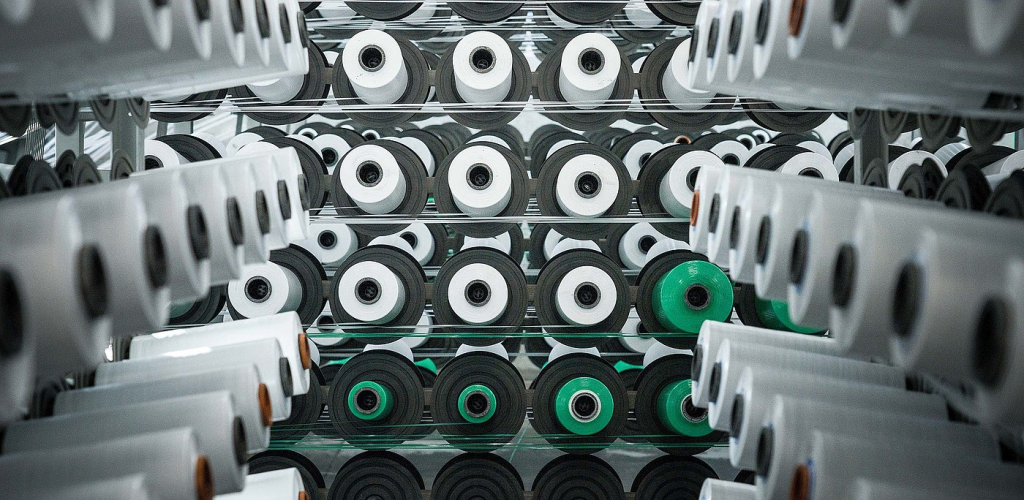
- Why Moisture-Proof Woven Bags Are Vital for Waste Management
- Comparative Analysis: Moisture-Proof Woven Bags vs. Alternatives
- Specifications and Customization Options
- Customization Benefits: Tailoring Solutions for Industry Needs
- Future Trends: Smart Waste Management
- FAQs: Addressing Common Concerns
- Conclusion
Moisture-proof woven bags are critical for effective waste management, offering superior moisture resistance, durability, and compliance with stringent environmental regulations. They ensure safe handling, protect against contamination, and support sustainability efforts with their recyclable polypropylene (PP) material.
Why Moisture-Proof Woven Bags Are Vital for Waste Management
1. Enhanced Protection and Waste Integrity
Moisture-proof woven bags are designed to shield waste from external elements and contain potentially harmful substances. Their benefits include:
- Leak Prevention: A laminated coating creates a reliable barrier against moisture, ensuring waste is safely stored without seepage.
- Structural Durability: High-strength PP fibers resist tearing, enabling safe transport and storage in challenging environments.
- Contamination Control: Prevents cross-contamination by securely containing waste and minimizing environmental exposure.
2. Facilitating Sustainable Waste Practices
Sustainability is a cornerstone of modern waste management. Moisture-proof woven bags meet this demand through:
- Recyclability: PP is highly recyclable, reducing landfill waste and contributing to a circular economy.
- Reusable Design: These bags can endure multiple cycles of use, lowering overall material consumption and waste generation.
3. Compliance with Stringent Regulations
Adherence to global waste management regulations is crucial. These bags help organizations comply with:
- ISO Standards: Ensures material safety and consistency for waste handling applications.
- EU Waste Framework Directive: Prevents environmental contamination by securing waste during storage and transport.
- U.S. EPA Guidelines: Supports responsible waste disposal by minimizing leaks and spills.
Comparative Analysis: Moisture-Proof Woven Bags vs. Alternatives
| Feature | Moisture-Proof Woven Bags | Standard Plastic Bags | Paper Bags |
|---|---|---|---|
| Durability | Excellent | Moderate | Low |
| Moisture Resistance | Superior | Moderate | Poor |
| Recyclability | High | Low | Moderate |
| Leak Resistance | High | Moderate | Low |
| Cost-Effectiveness | High | Moderate | High |
For example, a recycling facility in Germany reduced leakage incidents by 40% and improved sorting efficiency after switching from standard plastic bags to moisture-proof woven bags, which offered superior protection against contaminants.
Specifications and Customization Options
Moisture-proof woven bags are versatile and can be tailored to meet specific industry needs. Key parameters include:
| Specification | Options/Range | Purpose |
|---|---|---|
| Material | PP with PE lamination | Provides robust moisture resistance and durability. |
| Capacity | 10–50 kg | Suitable for varying waste volumes. |
| Thickness | 60–200 GSM | Enhances puncture resistance for heavy-duty use. |
| Size | Customizable | Accommodates different waste management requirements. |
| UV Stabilization | Optional | Ideal for prolonged outdoor storage. |
| Closure Types | Zip locks, heat sealing | Prevents accidental spillage or leaks. |
Customization Benefits: Tailoring Solutions for Industry Needs
Customization ensures that moisture-proof woven bags align with specific waste handling requirements:
- Size and Shape: Custom dimensions optimize storage efficiency for bulky or lightweight materials.
- Closure Options: Heat-sealed edges or zip locks improve waste containment and transportation safety.
- Branding and Labeling: Printed instructions or regulatory compliance symbols simplify waste sorting and recycling processes.
Future Trends: Smart Waste Management
1. Integration of Smart Technologies
Moisture-proof woven bags are evolving with technology to support advanced waste management systems:
- QR Codes for Tracking: Simplify categorization and provide detailed recycling instructions.
- RFID Chips: Enable real-time tracking of waste movements, ensuring efficient collection and disposal.
2. Circular Economy Practices
The use of recyclable PP supports a circular economy by reducing material waste and enabling secondary applications, such as repurposing bags into furniture, construction materials, or geotextiles.
For instance, manufacturers are developing programs to reclaim used woven bags, repurposing them into valuable products, thereby extending their lifecycle.
FAQs: Addressing Common Concerns
Q1: What makes moisture-proof woven bags suitable for waste management?
Their laminated structure provides excellent moisture resistance, durability, and leak-proof performance, essential for safely handling diverse waste types.
Q2: Can these bags handle hazardous waste?
Yes, with proper lamination and heat-sealed closures, they can securely contain hazardous materials without leakage.
Q3: Are these bags environmentally friendly?
Absolutely. They are made from recyclable PP material, and their reusability further minimizes environmental impact.
Q4: How do moisture-proof woven bags compare to standard plastic or paper bags?
These woven bags outperform alternatives in durability, moisture resistance, and recyclability, making them a cost-effective and sustainable solution.
Q5: Can the bags be customized for specific applications?
Yes, they can be tailored in size, thickness, closure type, and printing to meet unique requirements.
Conclusion
Moisture-proof woven bags are an indispensable tool in modern waste management, offering a balance of durability, sustainability, and regulatory compliance. Their ability to securely handle diverse waste types while minimizing environmental impact makes them an ideal choice for industries worldwide.
To learn more about these innovative solutions, visit Moisture-Proof Woven Bags. For advanced customization options, explore Customizing PP Woven Bags.